If you have ever wanted to start investing but had no idea where to start, the chances are you have been told to buy a tracker.
Tracker funds, also known as "passive" investments, aim to replicate the returns of an index as accurately as possible rather than actively seeking to outperform the index. A FTSE 100 tracker, for example, will invest in the companies on the index.
Recently, Interactive Investor, a broker, recommended three “getting started” portfolios for first-time investors.
With thousands of funds and almost 800 multi-asset portfolios (also known as one-stop-shop funds) the choice can be overwhelming.
Interactive found the best suite of funds came from passive specialist Vanguard. Vanguard offers a lower-risk Lifestrategy 20pc Equity for short-term goals of between three and five years, 60pc Equity for five years or longer but with a medium level of risk, and 80pc Equity for those with a long-term view happy to take on more risk.
The “equity” portion of these is invested in a global stock market tracker, with the remainder in a passive fund tracking the global bond index.
Dzmitry Lipski of Interactive Investor, said: “We see absolutely no point in beginner investors paying active manager fees when these funds have performed so strongly.”
Passive investing makes sense for a number of reasons. Most often mentioned is the price.
With a cost of just 0.22pc the above funds are far cheaper than any actively-managed funds available.
Robin Powell of The Evidence-Based Investor, an online educational resource, said it is not unusual for active funds to cost 15 or even 20 times more than index funds, once all fees have been included.
“Compounded over decades of investing, that additional expense will make a huge dent in your net returns,” he said.
Professor Tim Jenkinson, professor of finance at Oxford University, said investors should have a “passive presumption” when investing, only investing in active managers when and if they can be convinced that the manager can beat a benchmark.
Passives are a great way to get people investing. However, there are also risks that you might be unaware of. Telegraph Money has highlighted some of the most important below.
You are heavily dependent on America
By buying a passive world stock market index investors are automatically given a high weighting to American shares.
The MSCI World index, a common benchmark, covers more than 1,600 companies across multiple sectors and geographies making it look well diversified.
However, more than 60pc of the index is invested in American companies. The top 10 holdings, of which nine are in the US, make up almost 12pc of your portfolio.
Chris Rush of Iboss, a wealth manager, said: “As you can see this is not an insignificant amount of geographical, stock specific and sector risk.”
“American stocks look to us to be expensive relative to history,” he added. Mr Rush is not using a passive fund for his exposure to the US, although he says he is “agnostic” to passive investing overall, using index trackers in his portfolios for Europe, the emerging markets and Asia.
However, it is important to note that this might not be a bad thing. America has been the best performing developed stock market over the last 10 years and investors would have done very well having this high exposure.
Additionally, many have been arguing for years that the market is expensive, but so far it has not affected its performance.
The biggest companies make up the largest positions
As mentioned above, the top 10 companies in the global index make up nearly 12pc of your total portfolio.
As the most successful companies dominate, there is a risk that you are buying the most expensive stocks.
Again, this can be a good thing if you believe these companies will continue to excel, but might not work if you think these companies are likely to underperform.
Technology companies Apple, Microsoft, Amazon.com and Facebook as well as consumer brands company Johnson & Johnson, are the top five companies in the MSCI World index.
Be comfortable with losing money
Active fund managers have the option to withdraw from the market and hold cash, which can protect your investments from steep market falls. However, passive funds come with full exposure to all of the market’s biggest moves – both on the way up and on the way down.
Most active funds underperform because they do not take enough risk, so again this is not necessarily a negative.
Rick Eling of Quilter, a wealth manager, said that volatility, or the amount a stock market goes up and down, is the main measure of risk you will see used.
As a rule, investments with greater potential for high returns are more volatile, so investors need to be comfortable with this.
A word on bonds
As well as the stock market element of a passive investment, there is also risk associated with the bond investments involved.
The more debt a country has, the more of its bonds you are likely to own.
Currently, America is by far the largest issuer, with Japan, France, Germany and Britain making up the remainder of the top five.
Italy is sixth and has had well-publicised issues with its debt. If you believe none of the countries will default and fail to pay their bonds, then this is not a problem, but is worth considering what bonds you are exposed to and how safe they really are.
For the best of the Telegraph’s investment analysis, advice and expert opinion, plus columns from our stock-picker Questor, sign up to our weekly newsletter.
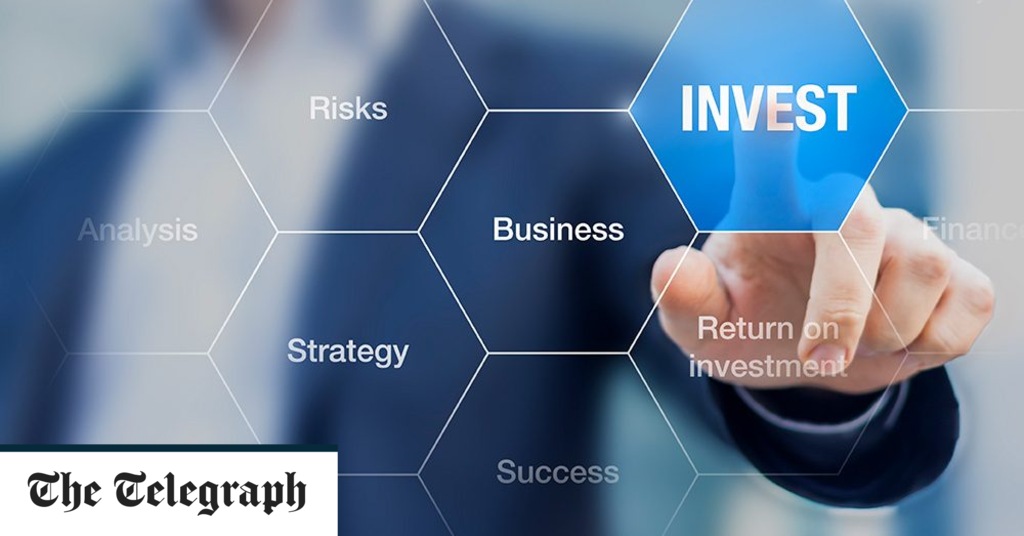

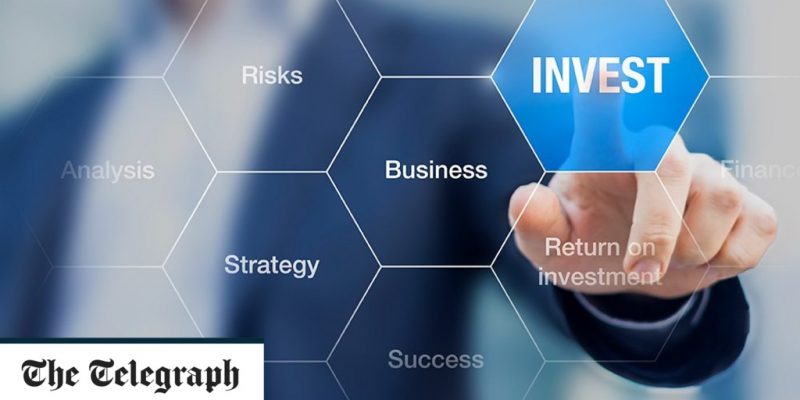



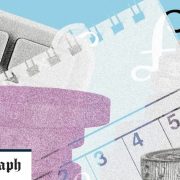



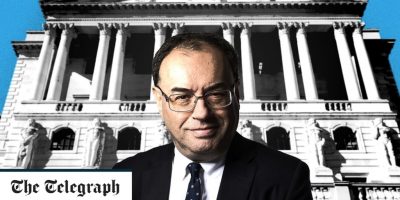
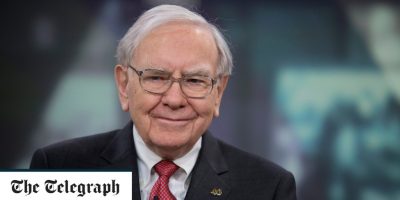









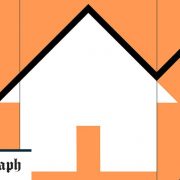


Comments